Material handling is the movement, protection, storage and control of materials and products during manufacturing, storage, distribution, consumption and disposal. Material handling, often called material movement, is the short-range movement of materials from manufacturing to distribution.
Material handling
involves short-distance movement within the boundaries of a building or between a building and a transport vehicle. It uses a wide range of manual, semiautomatic and automated equipment and includes the protection, storage and control of materials during their manufacture, storage, distribution, consumption and disposal.Material handling can be used to create utility in time and place by manipulating, storing and controlling waste, unlike manufacturing, which creates utility to form by changing the shape, shape and composition of the material. It refers to the way in which products and materials are moved, stored and protected throughout the supply chain. Material handling can take different forms and is based on processes driven by both humans and machines. Material handling is the movement of materials and goods from one place to another.
It includes the protection, storage and control of materials, from manufacturing to distribution. The movement of materials takes place at all stages of your company's supply chain, from manufacturing to distribution. Read on to learn more about the two main types of material handling and how they complement each other. Best material handling practices help reduce problems such as product damage or loss, which cost valuable money.
Material handling is an integral part of the design of most production systems, since the efficient flow of material between the activities of a production system depends largely on the arrangement (or design) of the activities. With material handling systems and the right equipment, employees are not required to lift heavy objects or reach high storage areas. In this blog post, I discuss what material handling is, how it can help your company, and how to start implementing it. As a logistics or transportation company, optimizing material handling can reduce the risk of package loss or damage.
Whenever technically and economically possible, equipment can be used to reduce and sometimes replace the need to handle material manually. From preventing accidents in the workplace to saving money, these are four reasons why material handling is key to implementing it in your warehouse. Types of material handling equipment include conveyor systems, hand trucks, and automated storage and retrieval systems. While granular, liquid and gaseous materials can be transported in bulk, they can also be contained in unit loads by bags, drums and cylinders.
Warehouse management solutions offer better control over inventory tracking, material handling, process analysis, and guidance on preventive maintenance. By using material handling systems, employees are freed from monotonous and laborious tasks (for example, lifting heavy objects) that will help them reduce stress levels and achieve overall job satisfaction.
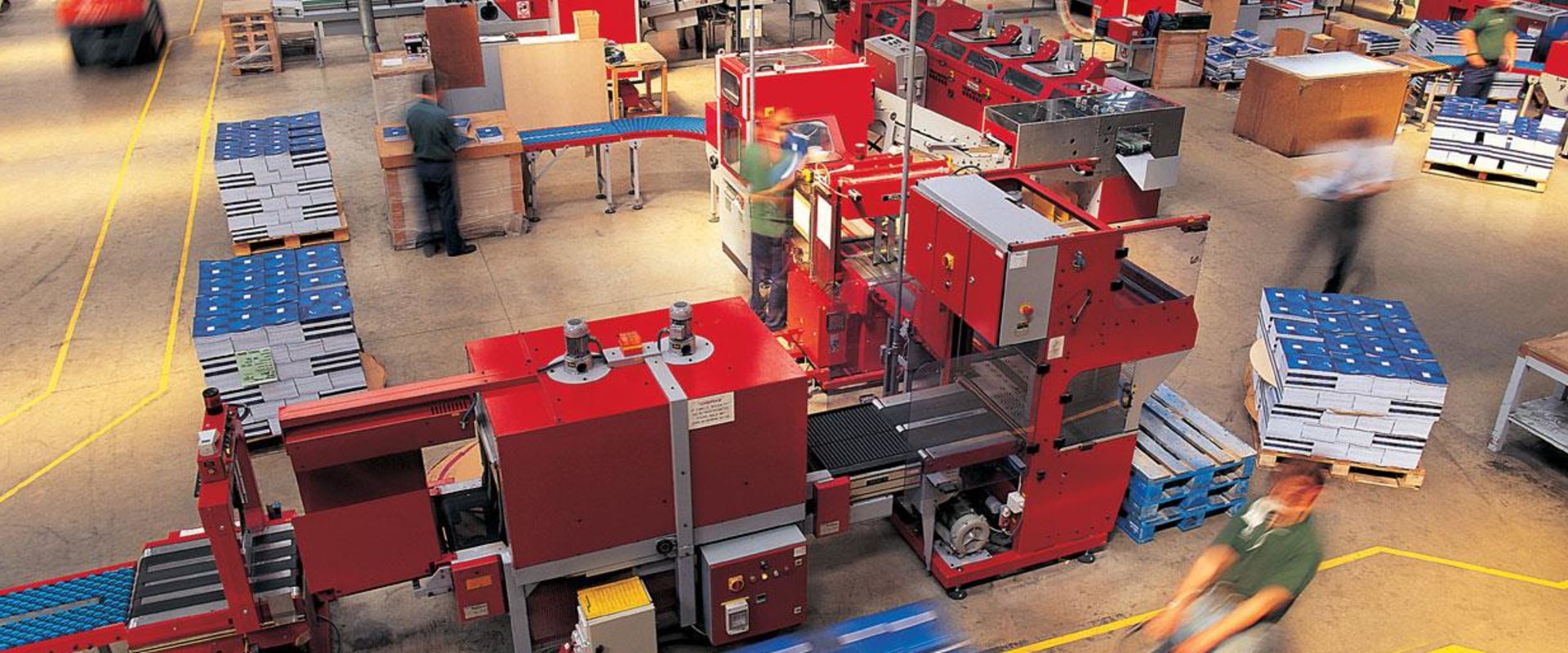
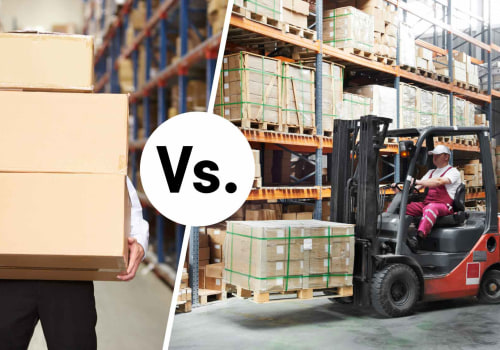
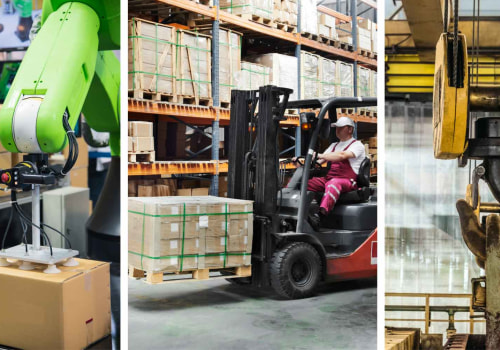
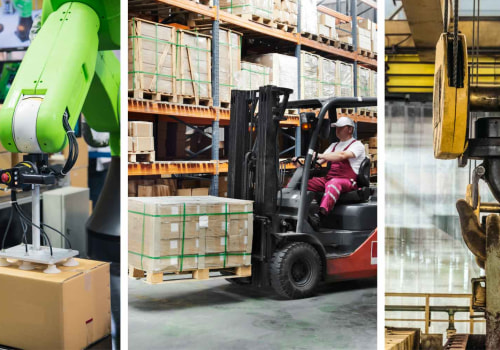
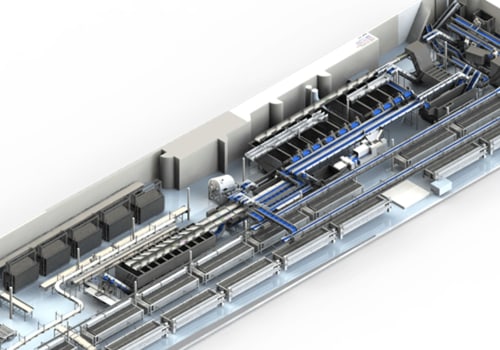
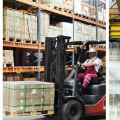
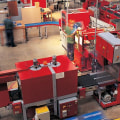

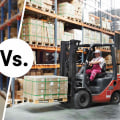
Leave a Comment